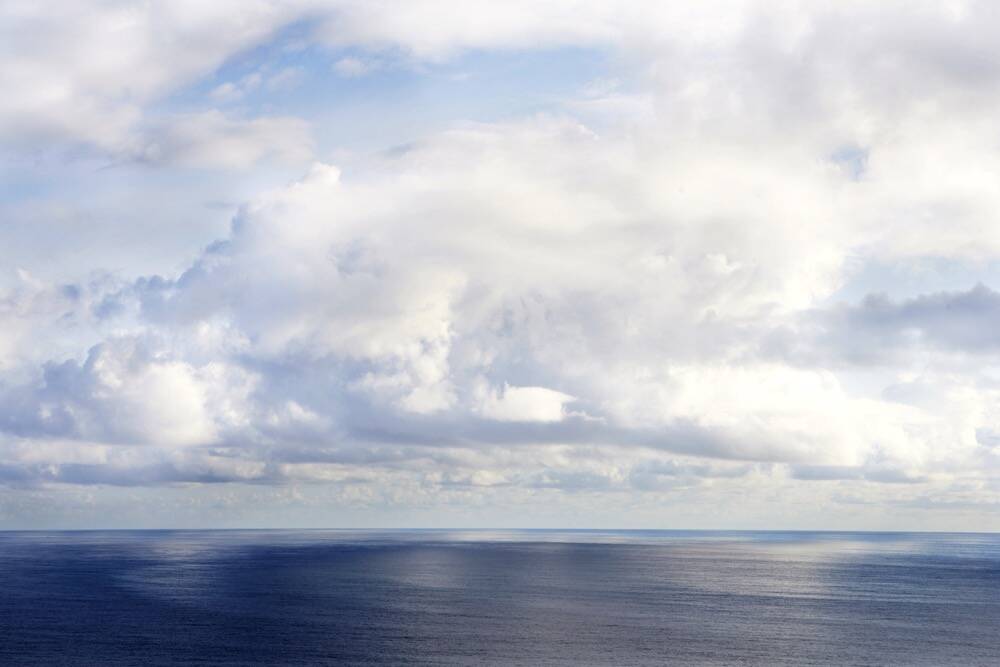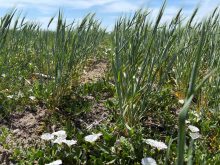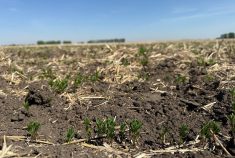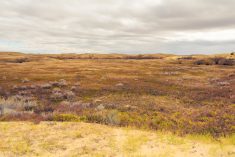Reuters — The largest capacity reservoir in the United States has hit its lowest water level in history following years of severe drought that have dramatically reduced flows from the Colorado River, water managers said on Wednesday.
Officials said Nevada’s Lake Mead, the 79-year-old reservoir created by the massive Hoover Dam, registered 1,074.98 feet (327.7 metres) above sea level late on Tuesday, but was able to rise above a critical mark by early on Wednesday morning.
A water level of below 1,075 feet projected for January would translate to water cutbacks in 2016 for Arizona and Nevada. An announcement would be made this August.
Read Also

La Niña to fade early next year, neutral Pacific conditions likely, U.S. forecasters say
La Niña is expected to linger for another month or two before likely giving way to neutral Pacific conditions between January and March 2026, carrying a 68 per cent probability, the U.S. Climate Prediction Centre said on Thursday.
But a U.S. Bureau of Reclamation spokeswoman said cutbacks are not expected to be implemented and that projections are for the water level to be six feet above the trigger point.
“We don’t expect that to happen right now,” spokeswoman Rose Davis said, referring to possible cutbacks. “Right now the probability of a shortage for 2016 is negligible.”
Davis said the reservoir’s water level could again fall to record lows in the next six to eight weeks, but that it would rebound by the end of December.
Lake Mead supplies water to roughly 40 million people and agricultural customers in Nevada, Arizona, Southern California and northern Mexico.
The water source and several other man-made reservoirs springing from the Colorado River have dropped to as low as 45 per cent of their capacity as the river suffers a 14th straight year of crippling drought.
About 96 per cent of the water in Lake Mead is from melted snow that falls in Colorado, Utah, New Mexico and Wyoming, officials said.
Snowfall has dipped in the Rocky Mountains, leading to a drop in snow pack runoff that feeds the river, according to Bureau of Reclamation statistics. In 2013, runoff was at 47 per cent of normal.
“We’re all definitely concerned about the low levels of Lake Mead,” Davis said. “You have to be… this drought has extended for so long.”
She said water managers will continue to closely monitor its levels and work with those involved on various conservation efforts.
— David Schwartz reports for Reuters from Phoenix.
















